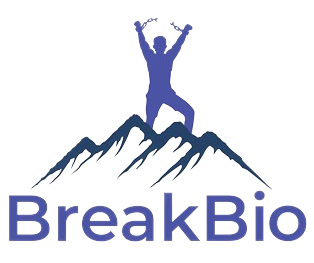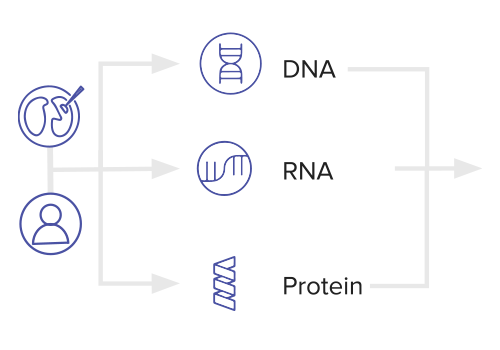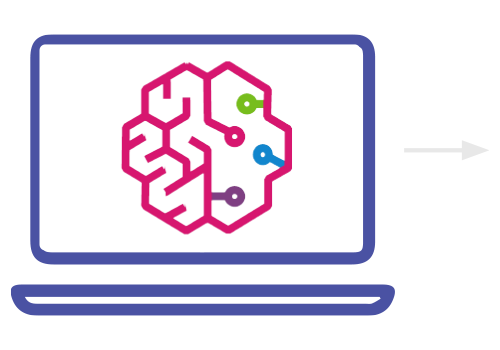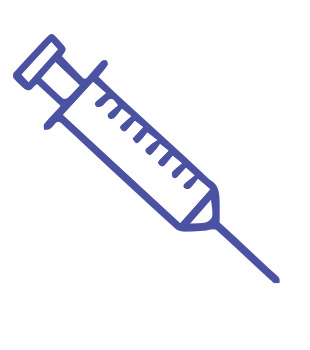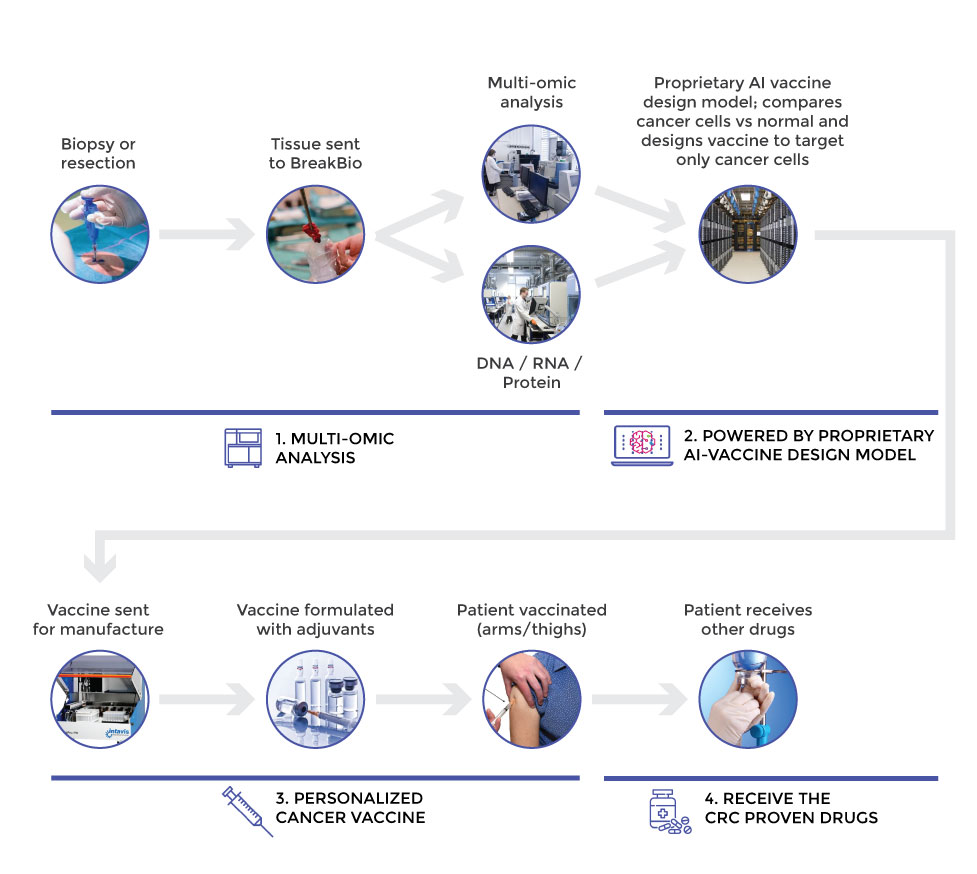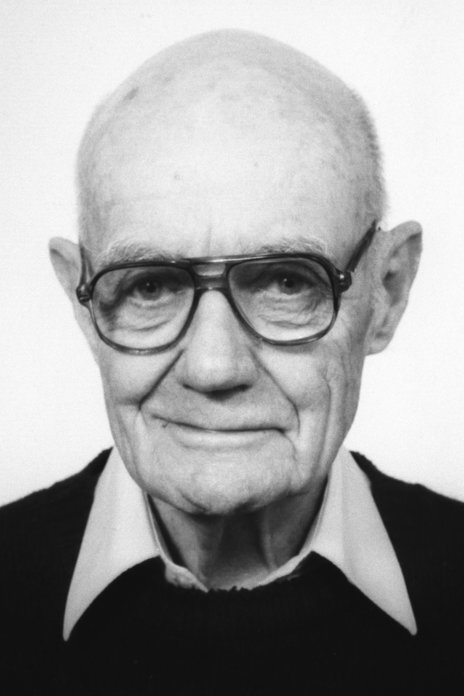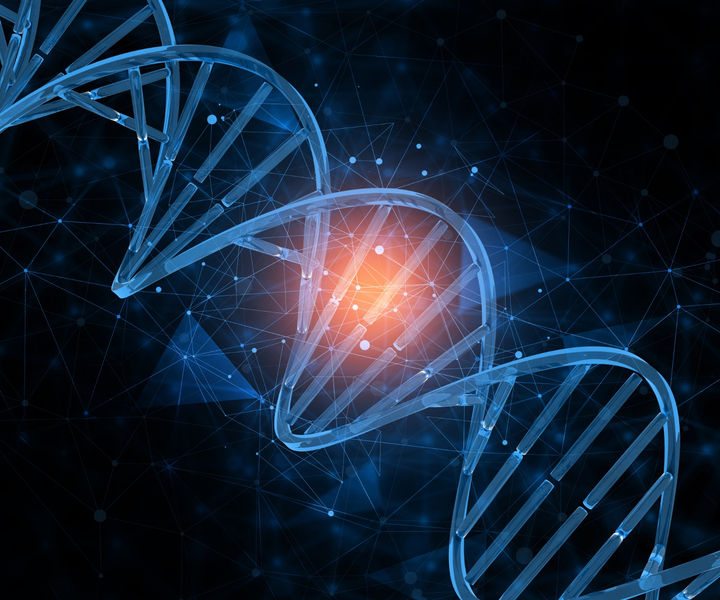- Mass spectrometry was invented by Arthur Jeffrey Dempster and F.W. Aston in 1918 and 1919 respectively, resulting in a Nobel Prize
for Aston in 1922. - Mass spectrometry methods have been in continuous development since its invention
- In 2002, the Nobel Prize in Chemistry was awarded to John Bennett Fenn for the development of electrospray ionization (ESI) and this is key to what BreakBio does
- Thermo Fisher is the leader in mass spectrometry with the Orbitrap technology being a big leap forward
- Mass spectrometry can now be performed per patient fast and efficiently because of these new Orbitrap machines and better software
- BreakBio’s AI platform means that the mass spec data can be rapidly analyzed to spot patterns and targets
- As technology development continues and software improves, mass spectrometry will be possible for all patient’s tumor tissue much like gene sequencing of tumor tissue is now possible for all patients
